No sooner have passenger numbers picked up after 2 ½ years of disruptions by the Wuhan virus,
 Fig 1: Sydney Airport passenger numbers
Fig 1: Sydney Airport passenger numbers
did Australia’s jet fuel imports from China surge:
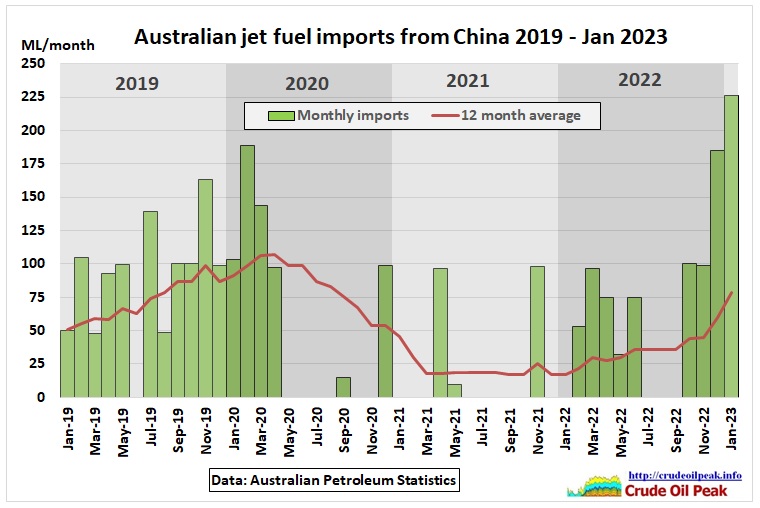 Fig 2: Monthly jet fuel imports from China
Fig 2: Monthly jet fuel imports from China
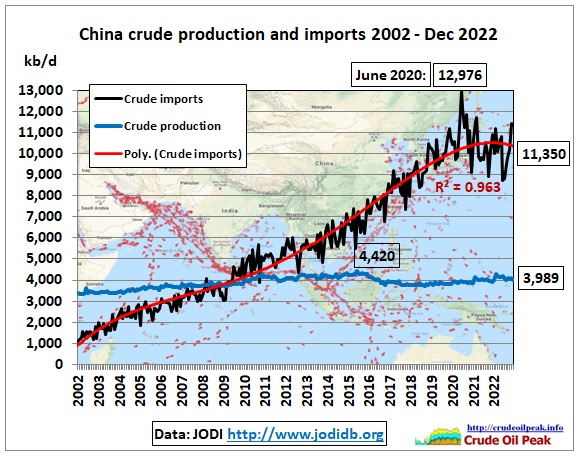 Fig 3: China is in peak oil mode since 2015
Fig 3: China is in peak oil mode since 2015
China’s crude production is basically stagnating around 4 mb/d since 2009/10 when crude oil imports started to skyrocket, pushing up oil prices.
Australia imports jet fuel from Taiwan, too:
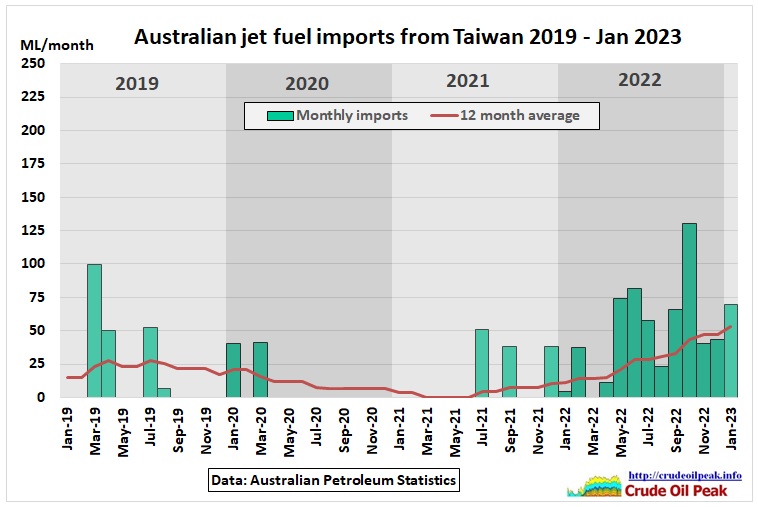 Fig 4: Monthly jet fuel imports from Taiwan
Fig 4: Monthly jet fuel imports from Taiwan
While writing this article, oil tanker PACIFIC RAWAN (110,000 DWT) had come from the Taiwanese port Mailiao (TW MLI), moored at the Gore Bay oil terminal in Sydney, as a sign of this city’s dependence on energy imports from East Asia.
 Fig 5: Tanker at the Gore Bay oil terminal, one of the last remnants of Sydney’s WORKING HARBOUR
Fig 5: Tanker at the Gore Bay oil terminal, one of the last remnants of Sydney’s WORKING HARBOUR
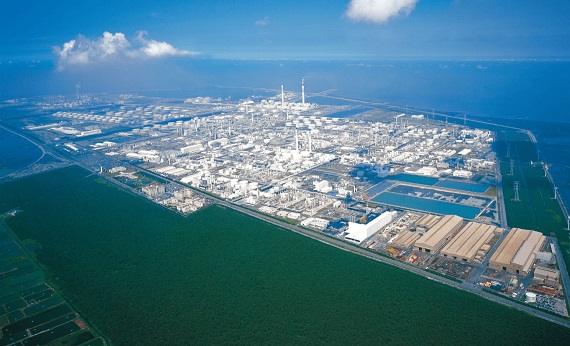
Fig 6: Formosa Petrochemical refinery off the coast of Mailiao (FPCC) facing mainland China
Of course we can’t know which fuel was transported on the PACIFIC RAWAN. But it is good to know how imported fuels are flowing. From the Viva Energy website:
Fuel products imported into our Gore Bay Terminal include diesel, marine fuel oil, jet fuel and gasoline.
We only store marine diesel and fuel oil at the terminal. We do not store gasoline or jet fuel as these are pumped directly to our Clyde Terminal in Western Sydney for storage and distribution.
https://www.vivaenergy.com.au/operations/gore-bay-terminal
From the Clyde Terminal, there is a jet fuel pipeline to the Sydney Airport
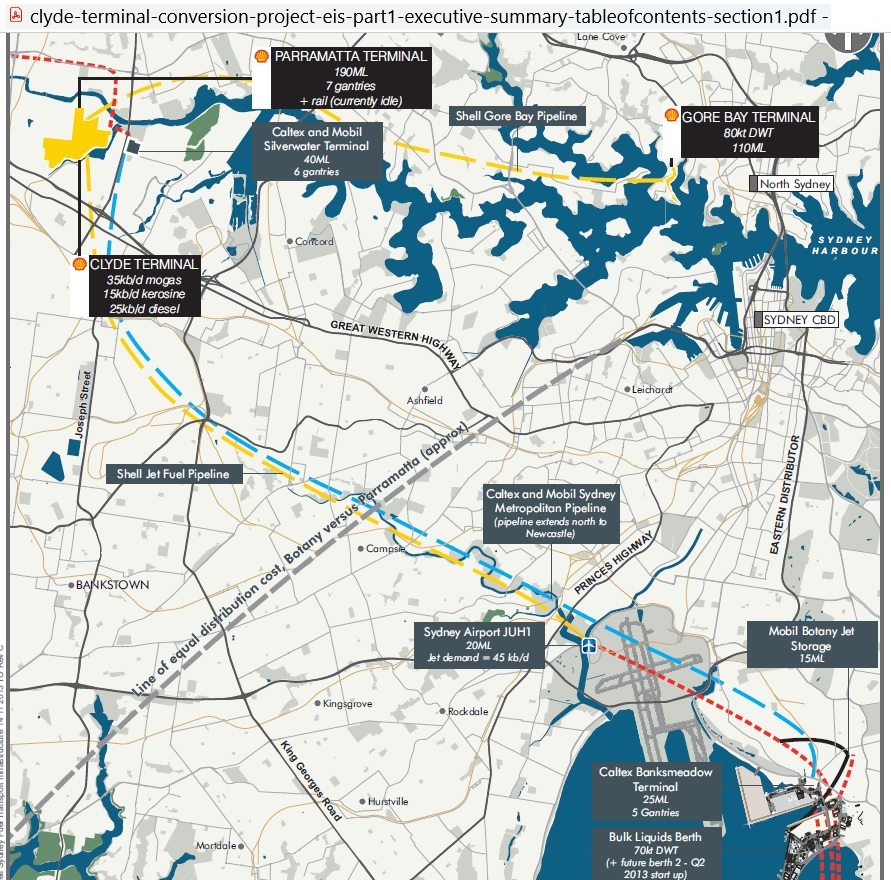 Fig 7: Fuel pipeline Clyde-Sydney Airport
Fig 7: Fuel pipeline Clyde-Sydney Airport
Average daily jet fuel demand is around 10 million litres. There are 5 storage tanks with a maximum capacity of 29 megalitres of aviation fuel
https://www.sydneyairport.com.au/corporate/partner-with-us/jetfuel
While writing this article, sabre rattling around Taiwan intensified:
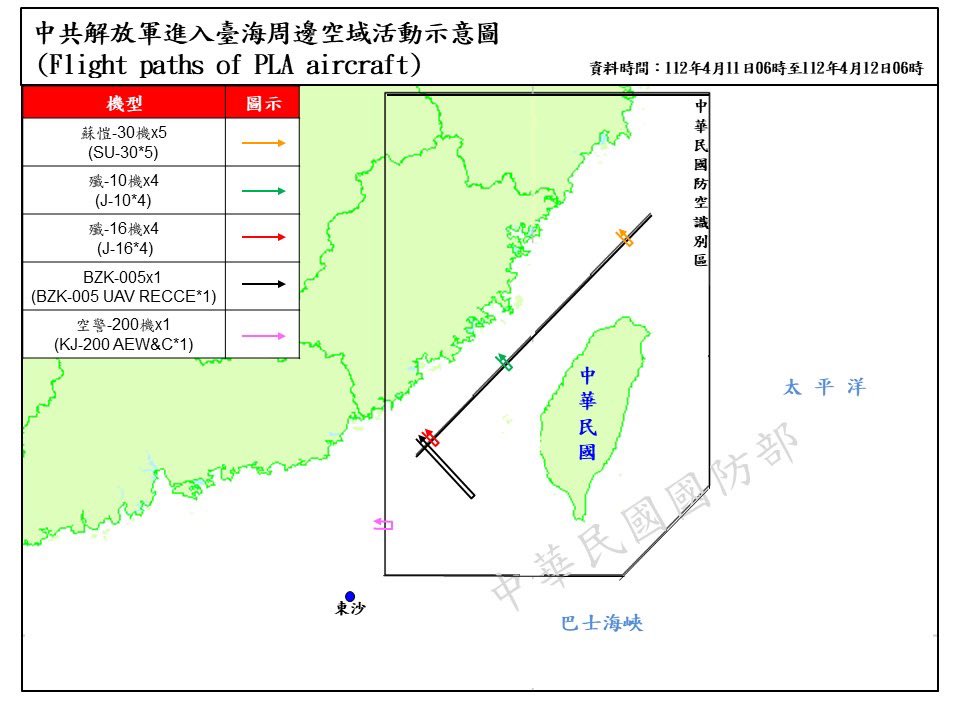 Fig 8: PLA flight paths 11-12 April 2023. Quoted from Bill Birtles, ABC correspondent in Taiwan https://twitter.com/billbirtles/status/1645981969489215488
Fig 8: PLA flight paths 11-12 April 2023. Quoted from Bill Birtles, ABC correspondent in Taiwan https://twitter.com/billbirtles/status/1645981969489215488
U.S., Chinese Aircraft Carriers Operating Near Taiwan, Chinese Carrier Shandong Launched 80 Fighter Missions in Weekend Drills
10 Apr 2023
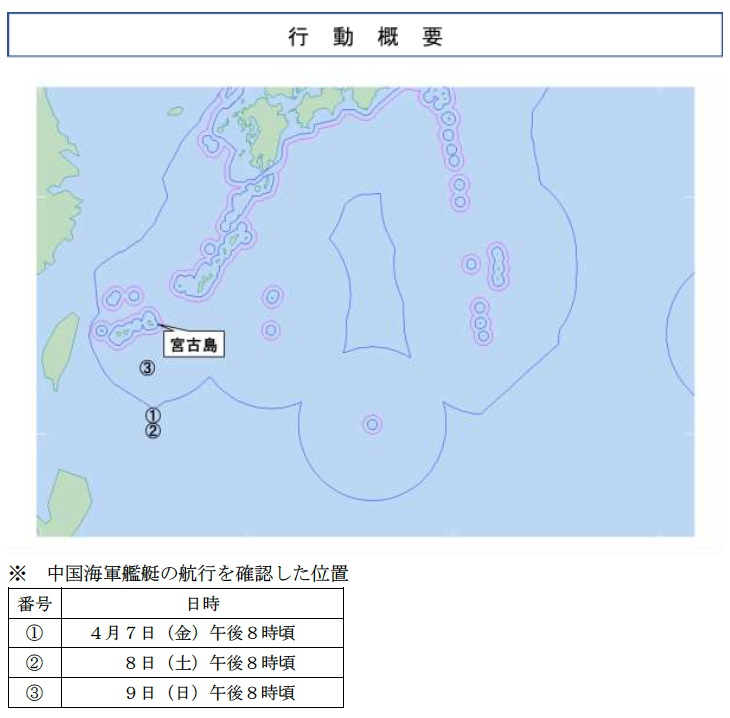 Fig 9: Shandong locations 7-9th April south of the Japanese Miyakojima island
Fig 9: Shandong locations 7-9th April south of the Japanese Miyakojima island
https://news.usni.org/2023/04/10/u-s-chinese-aircraft-carriers-operating-near-taiwan-chinese-carrier-shandong-launched-80-fighter-missions-in-weekend-drills
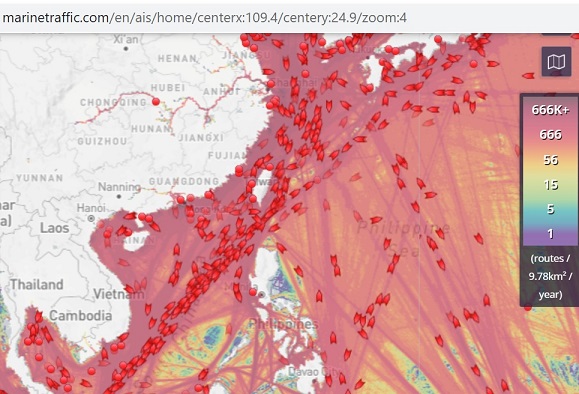 Fig 10: Tanker routes east of Taiwan. Note crude oil supply lines (tankers north-bound)
Fig 10: Tanker routes east of Taiwan. Note crude oil supply lines (tankers north-bound)
Therefore, it is also important to look at Australia’s jet fuel imports from Japan and South Korea:
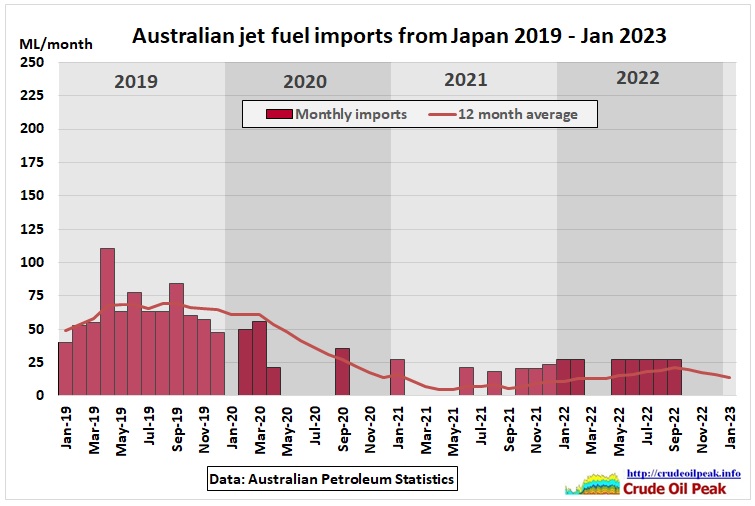 Fig 11: Monthly jet fuel imports from Japan
Fig 11: Monthly jet fuel imports from Japan
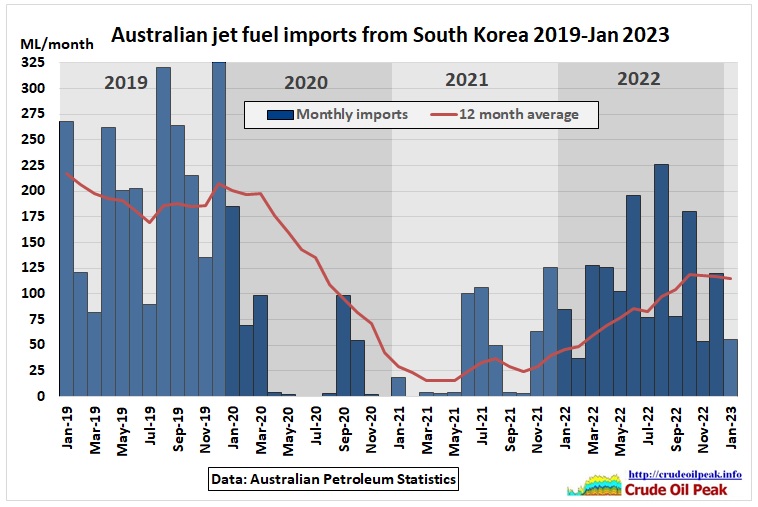 Fig 12: Monthly jet fuel imports from South Korea
Fig 12: Monthly jet fuel imports from South Korea
All together now:
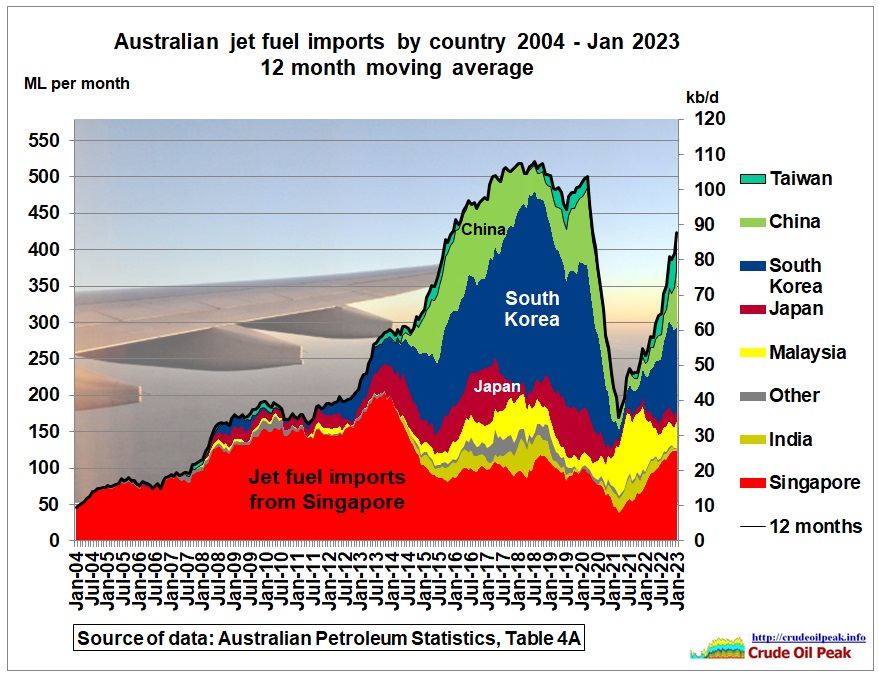 Fig 13: Monthly jet fuel imports from all Asian countries
Fig 13: Monthly jet fuel imports from all Asian countries
Implications
There is a big question mark over how long these fragile jet fuel imports can be made to work. Sydney’s 2nd airport (Western Sydney Airport – WSA) is under construction. When approving this project in 2014, the Federal Government under Tony Abbott who didn’t know what peak oil was but suspected it to be an arcane concept certainly did not check on the complexities and vulnerabilities of future jet fuel supplies, not to mention the impact of climate change. Nor did the NSW Transport Minister and later Premier Gladys Berejiklian whom I personally informed 3 times about peak oil. She supported the WSA but had to resign over corruption allegations on a land sale near the airport and is still waiting for an ICAC decision. Serious thought is now needed about what to do with this airport, the planned aerotropolis and the metro.
Related link:
8/11/2022
Only 3-4 years to replace/save 45% of Australian diesel imports?
http://crudeoilpeak.info/only-3-4-years-to-replace-save-45-of-australian-diesel-imports